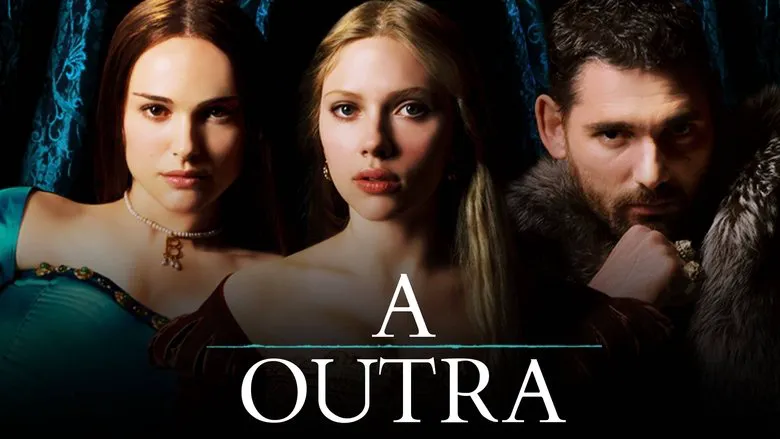Imagine a scenario: your influential brother-in-law approaches you with a proposition. The King has lost interest in his wife, presenting an opportunity to acquire land, wealth, and influence. However, this requires offering one of your daughters to the King. Picture a massive, stunning Old English Sheepdog lounging between you and the fireplace, thoroughbred horses tethered outside, and your daughters, Scarlett Johansson and Natalie Portman, chattering in your bedchamber. Finally, envision yourself adorned in a tight, gold-embroidered doublet with a ruff collar, plagued by rotten teeth, and having last bathed at least six months ago. You’ve stepped into the world of Justin Chadwick’s “The Other Boleyn Girl” (2008).

A Glimpse into the Tudor Court
Of course, this is a slight exaggeration. While Mary Boleyn was indeed married off to the King (taken from her husband), her pre-wedding hygiene likely involved a damp sponge rather than a full bath. Her wedding night was probably as unpleasant as most, with her husband fulfilling his duty before snoring away and later relieving himself in a chamber pot. However, “The Other Boleyn Girl” thankfully avoids the graphic naturalism of Patrice Chéreau’s “Queen Margot” (1994), with its back-alley sex and decaying, dirt-stained linen.
Brutality and Morality
Don’t expect excessive brutality either; this isn’t “Flesh + Blood” (1985). While one of the main characters and her brother are executed, their deaths were historically somewhat merciful. Henry VIII hired a swordsman from Calais to behead the Queen, sparing her the common butcher’s axe. He even showed her a degree of clemency, as she was initially sentenced to be burned at the stake. Her brother also received a relatively lenient fate: for high treason (incest with the Queen), he was to be hanged, drawn, and quartered – a national British punishment involving being hanged until near death, disemboweled, castrated, and then quartered (a practice that continued until 1814). Even the torturous methods used to extract a confession from the Queen’s brother are omitted from the screen. Therefore, labeling “The Other Boleyn Girl” as violent based solely on two beheadings is an overstatement.
At its core, this is a highly moral parable. The younger Boleyn sister was no longer a maiden, nor truly a Boleyn. She was taken from her lawful husband and placed in the King’s bed. She entered the royal chamber without eagerness, but also without fear. When reporting back to her father and uncle, she didn’t delve into details but didn’t blush when stating that the King had done “it” to her many times and was pleased. She found him to be a gentle and good lover, and later bore him a bastard son. The elder sister, consumed by jealousy, seduced the King while her sister was pregnant, adhering to the principle of “no sex before marriage.” This resulted in her being raped, becoming Queen, constantly humiliated by the King (including in bed), hated by the King, and unable to produce a male heir. She bore a daughter, Elizabeth, and was eventually executed on the absurd charge of incest with her own brother. The moral is clear, but inapplicable today: fewer people can hire a swordsman from Calais for a gold digger than in the 1530s.

Beauty and Performance
However, everything is visually stunning. Natalie Portman outshines Scarlett Johansson both as an actress and as a striking, beautiful woman. In contrast to Portman’s brilliance, Johansson is meant to portray the soft inner light of a virtuous and pregnant country girl, but that’s a matter of taste. Even King Henry (Eric Bana) is a handsome athlete in this film, despite having a 52-inch (133 cm) waist by the time of his first divorce.
Historical Accuracy
But why dwell on this? After all, Anne Boleyn – a Lutheran, power-hungry schemer who pushed Henry towards a final break with the Pope and excommunication from the Church, a clever, ironic, and fearless witch – bears little resemblance to Natalie Portman’s character, who seems more like a petty hustler who struck it rich and knows she’ll eventually be caught.
However, the horses, women, and dogs in this film are incredibly beautiful.